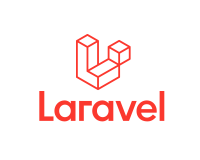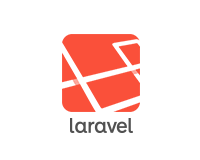yieldを使用した例
一般的なのは@yieldを使用する方法です。
例えばtitleやdescriptionを設定したい場合レイアウトレンプレートは下記のように記述します。
resources/views/layouts/app.blade.php
<head>
<title>@yield('title') - サイトタイトル</title>
<meta name="description" content="@yield('description')">
</head>
<body>
@yield('content')
</body>
子のテンプレートでは@sectionディレクティブで設定します。
メインコンテンツのような長いもは@sectionから@endsectionで囲みます。
タイトルのように変数的に使用する場合は@sectionの第二引数で指定します。
resources/views/page.blade.php
@extends('layouts.app')
@section('title', 'ページタイトル')
@section('description', 'ページ概要')
@section('content')
コンテンツ
@endsection
変数を使用した例
ただ表示するだけだったらyieldで良いのですが、分岐させて表示させたい場合があります。
たとえばタイトルタグはトップページにはサイトタイトルのみ表示して、下層はサイトタイトルとページタイトルの間に「-」とかを付けたいとかあると思います。
これは多分yieldではできないっぽいので変数を使います。
resources/views/layouts/app.blade.php
<head>
<title>@isset($title){{ $title }} - @endissetサイトタイトル</title>
<meta name="description" content="{{ $description or 'サイト概要' }}">
</head>
<body>
@yield('content')
</body>
変数は普通に<?php ?>で囲んで指定できますが、@php @endphpの方がBladeっぽいですね。
resources/views/page.blade.php
@php
$title = 'ページタイトル';
$description = 'ページ概要';
@endphp
@extends('layouts.app')
@section('content')
コンテンツ
@endsection
ということで普通に変数使えるんだということでした。

